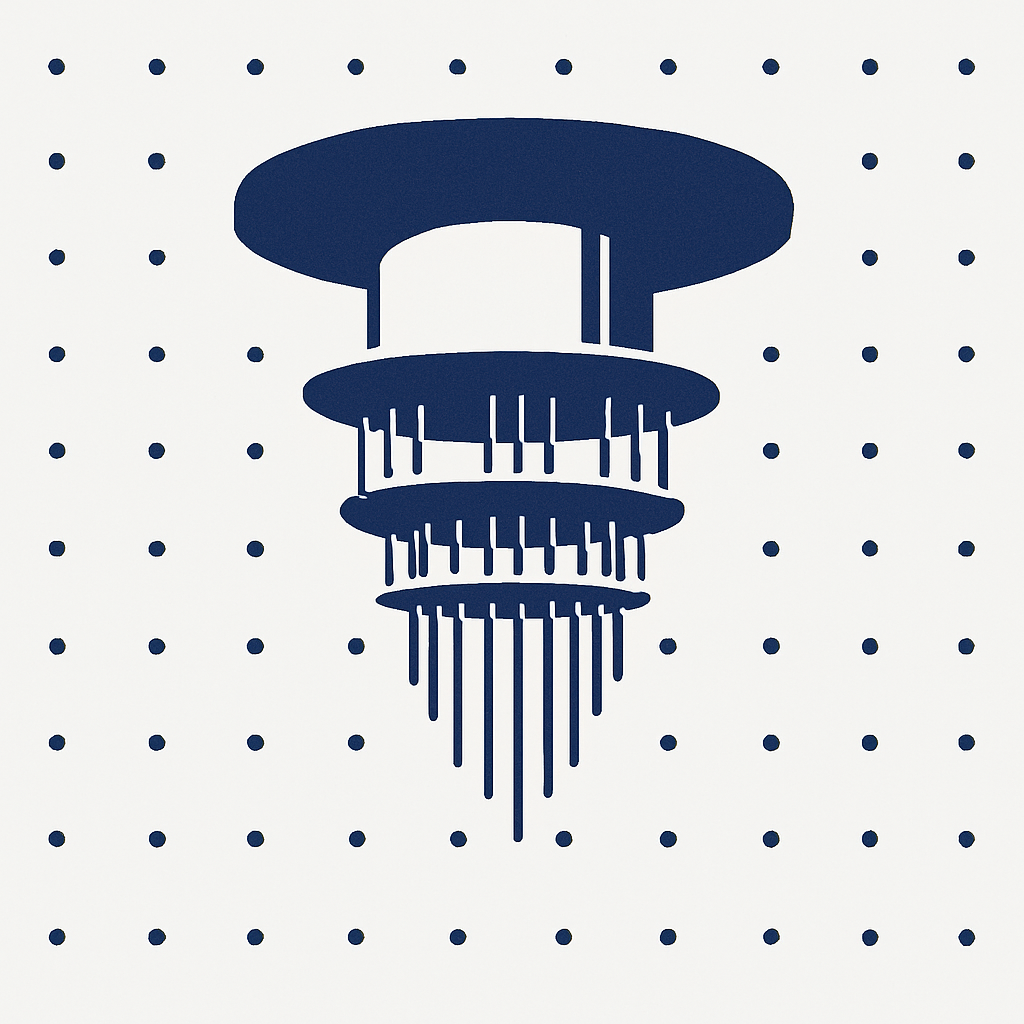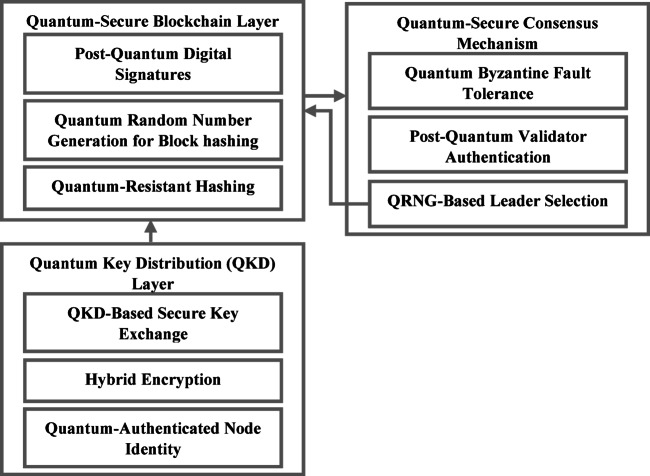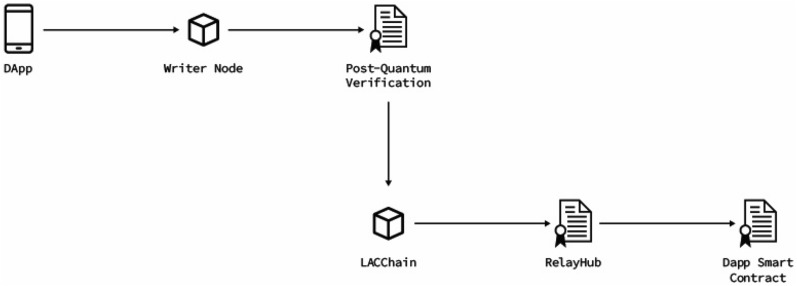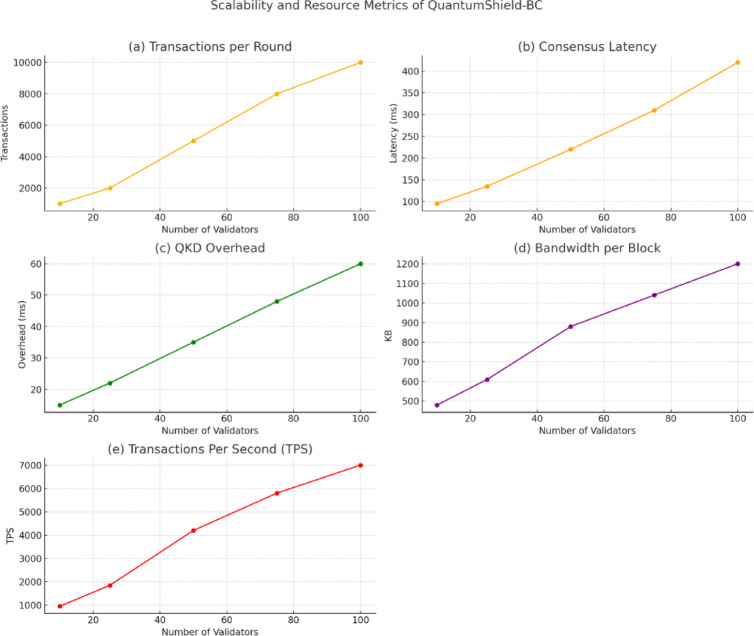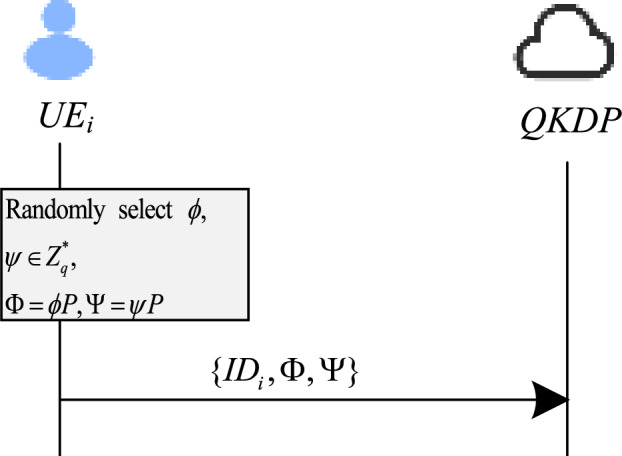Introduction
As the threat from quantum computing increases, traditional cryptographic methods such as RSA and ECDSA become vulnerable to attacks empowered by algorithms like Shor's algorithm[1]. In response, researchers and industry leaders have begun developing quantum-safe blockchain design patterns that integrate post-quantum digital signatures, lattice-based cryptography, hash-based signatures, and hybrid consensus mechanisms to future-proof decentralized networks[7].
Hash-Based Signatures in Blockchain
Hash-based cryptography relies solely on the security properties of cryptographic hash functions to secure digital signatures. In blockchain applications, hashing not only ensures data integrity by providing a tamper-proof digest but also forms the backbone of digital fingerprinting and non-repudiation mechanisms[3]. Hash-based signature schemes, such as those built on Merkle trees, employ one‐time signature approaches and have been standardized by organizations like NIST, ensuring that even if one-time keys are exposed, the overall structure maintains its security[6].
Lattice-Based Cryptography
Lattice-based cryptography constructs its security from the hardness of well-studied lattice problems such as the Short Integer Solution (SIS) and Learning With Errors (LWE) problems. This approach is regarded as resistant to both classical and quantum attacks, offering an attractive foundation for post-quantum security[5]. Notably, modern blockchain frameworks are experimenting with algorithms such as CRYSTALS-Dilithium and Falcon, which leverage lattice structures to produce compact and efficient digital signatures. Several blockchain projects have explored the integration of lattice-based methods to ensure that signature schemes remain secure even in a quantum adversarial environment[7].
Hybrid Consensus Mechanisms
Beyond the cryptographic primitives themselves, blockchain architectures are evolving to incorporate hybrid consensus mechanisms that combine post-quantum cryptographic elements with established consensus protocols. An example is the QuantumShield-BC framework, which replaces traditional proof-of-work (PoW) and proof-of-stake (PoS) models with a Quantum-enhanced Byzantine Fault Tolerance (Q-BFT) protocol that integrates quantum random number generation (QRNG) for secure leader selection and incorporates post-quantum digital signatures for transaction verification[1]. Additionally, hybrid mechanisms often integrate quantum key distribution (QKD) with post-quantum key encapsulation methods to secure node-to-node communication while safeguarding against both classical and quantum threats[1].
Performance Trade-Offs and Case Studies
When implementing quantum-safe blockchain designs, performance trade-offs become a critical factor. For instance, although lattice-based signatures like Falcon and CRYSTALS-Dilithium provide strong security against quantum adversaries, they also impose a higher computational overhead compared to classical signatures. In one quantum-secured prototype, validation times increased by up to 18% when converting entirely to post-quantum signing methods, yet this trade-off was deemed acceptable in order to achieve resilience against future quantum attacks[1].
Case studies from implementations on networks such as LACChain and experiments reported in quantum-resistant blockchain frameworks illustrate additional performance metrics. One evaluation measured transaction validation latency, consensus throughput, and network overhead. For example, it was reported that the prototype maintained over 7000 transactions per second with 100 validators, while only minor additional payload (e.g., an extra 22 bytes per post-quantum signature) was introduced in secured communication channels[9]. Meanwhile, hybrid models leveraging both QKD and post-quantum encryption showed slight increases in CPU and memory consumption but promised enhanced security for sensitive blockchain transactions, especially in permissioned environments where node identities are cryptographically verified[9].
Conclusion
Quantum-safe blockchain design patterns are emerging as a response to the imminent threats posed by quantum computing. By integrating hash-based signature schemes, lattice-based cryptography, and hybrid consensus models that marry classical security with post-quantum methods, blockchain networks can achieve enhanced security and robustness. Although these advances come with performance trade-offs, such as increased computational overhead and slight network payload increases, the benefits of future-proof security far outweigh the costs. As demonstrated in case studies like QuantumShield-BC and implementations in networks like LACChain, these emerging design patterns provide a viable pathway for sustaining trust and integrity in decentralized systems in the quantum era[1].
Get more accurate answers with Super Pandi, upload files, personalized discovery feed, save searches and contribute to the PandiPedia.
Let's look at alternatives:
- Modify the query.
- Start a new thread.
- Remove sources (if manually added).


